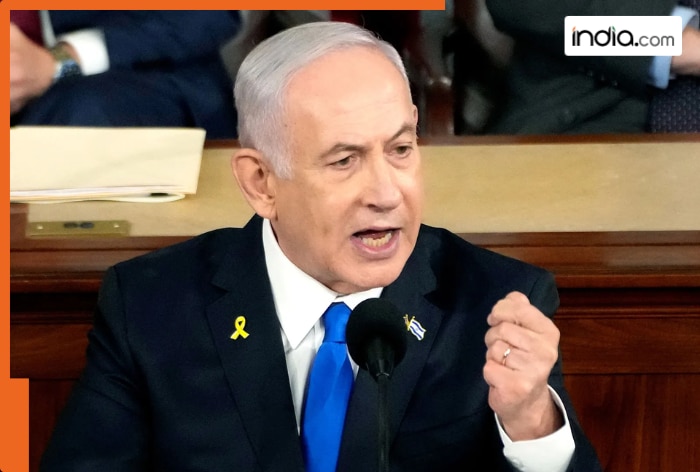Israel-Iran Conflict: The Critical Natanz Nuclear Strike

Israel's strike on Iran's Natanz nuclear site has intensified regional tensions, targeting a crucial facility in Iran's nuclear program.
The conflict between Israel and Iran has escalated significantly after Israel launched a major airstrike on Iran's Natanz nuclear site. This attack, part of a military operation named 'Operation Rising Lion,' targeted the heart of Iran's nuclear capabilities, causing substantial damage to the underground facility. Reports indicate that several advanced centrifuge machines were destroyed, which are vital for uranium enrichment—a process that can be used for both energy production and nuclear weaponry.
Located in Iran's Isfahan province, the Natanz site is central to Iran's nuclear program. It comprises both above-ground and underground facilities, with the latter designed to withstand aerial attacks. The destruction of such a heavily fortified site underscores the technical and military challenges Israel overcame.
The strike resulted in the loss of key Iranian figures, including military leaders and nuclear scientists. This operation has significantly hindered Iran's nuclear ambitions, setting back their program by several years. Israeli Prime Minister Benjamin Netanyahu emphasized the strike's success in countering Iran's nuclear threat.
The broader context involves Iran's 'Ring of Fire' strategy, which aims to surround Israel with hostile forces through proxy groups in Lebanon, Gaza, Yemen, Syria, and Iraq. This strategy, combined with Iran's missile capabilities and nuclear aspirations, poses a multi-front threat to Israel.
The international community closely monitors the escalating tensions, recognizing the potential for further conflict in the region.
